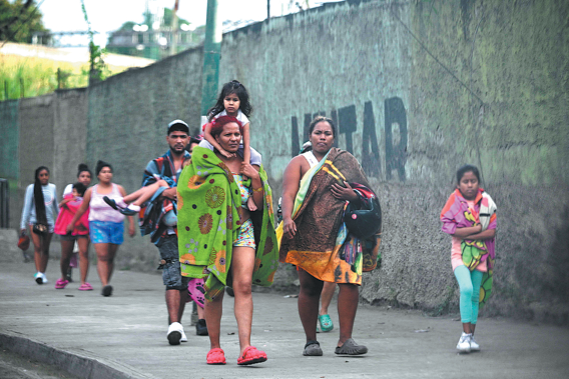East can teach West about containing COVID-19
By CHEN WEIHUA in Brussels | chinadaily.com.cn | Updated: 2020-10-20 08:05

The World Health Organization, or WHO, believes that Europe and North America, which are experiencing rapid spikes in COVID-19 cases, can learn from countries and regions in the West Pacific.
Both Europe and North America are hotspots for COVID-19, with half of countries in the European region experiencing 50 percent increases in new cases over the past week.
On Monday, Belgium started a one-month shutdown of restaurants and bars in order to bring down the cases. In the past few days, new daily cases in the country have exceeded 10,000, out of a population of just 11 million.
Mike Ryan, executive director of the WHO Health Emergencies Programme, said on Monday that if there is one thing that might change the game in Europe and North America, it is to make sure that each and every contact of confirmed case is in quarantine for an appropriate period of time, to break chains of transmissions.
Contact tracing, isolation and quarantine are often enforced loosely in many European countries, unlike in China and other East Asian nations.
"If you are a case and you are positive, you should be at home in full isolation or in a clinical care facility. If you know yourself to have been in contact with the case, you should be in full quarantine at home without contact with other people," Ryan told the virtual media conference.
Maria Van Kerkhove, the WHO's technical lead on COVID-19, pointed out that countries cannot overly rely on any one measure.
"What we have seen in some countries is overreliance on some measures more than others," she said.
"All these interventions need to be used," she said, citing a variety of tools from testing and contact tracing to quarantine.
Ryan said that China and other countries and regions in East Asia have made huge progress against COVID-19, managed to crush the curve, keep it down and sustain that through a very long time of low numbers.
He said that each country has achieved that in slightly different ways and it has not been a case of one size fits all.
On quarantine, he said that it is not just about sending people home, but also providing support for those contacts in quarantine like in some East Asian countries.
Ryan said that one advantage in Asia is that people and communities there have a high level of trust in and compliance with government.
"They tend to be able to implement far longer some of the measures that have been required of them in terms of their own behavior," he said.
Ryan emphasized that if there is one thing that differs in response in Asia and in Europe, it has been that ability to follow through those activities, in particular around quarantining contacts.
"Once they got the numbers down, they follow through. They didn't start reducing testing centers, they increase testing centers; they didn't start reducing clinical capacity, they increased clinical capacity," he said.
"In other words, they run through the finish line and beyond, and they kept running, because they knew the race isn't over. The finish line was false."
Ryan stressed that too many countries have put an imaginary finish line. "When they cross it, many have decelerated some of their activities," he said.
























